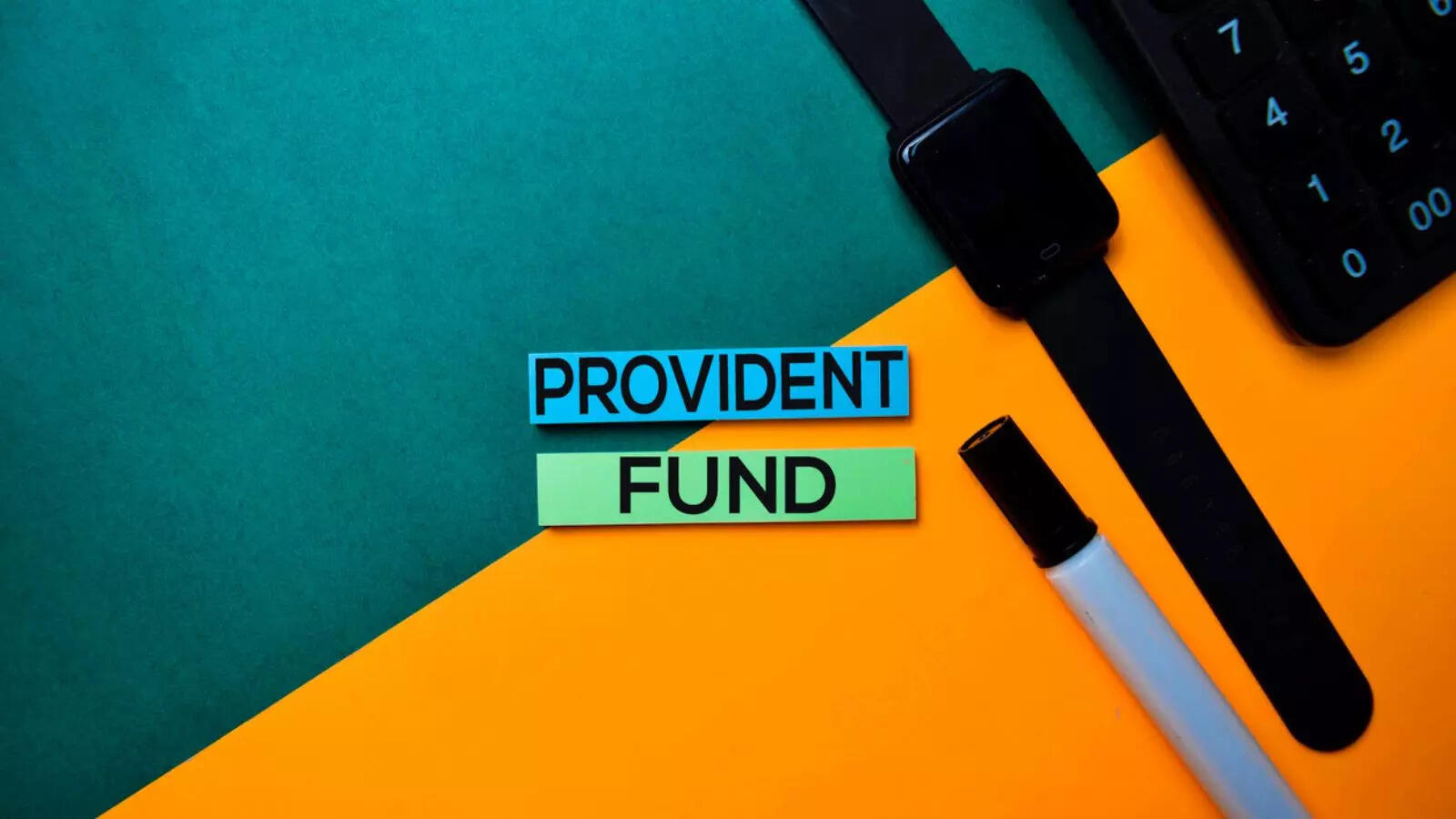What To Do When Your PF Deduction Isn’t Credited To Your EPF Account
The Employees’ Provident Fund ( EPF ) is an essential retirement savings scheme for private sector employees, where both the employer and employee contribute 12% of the employee's basic pay monthly. This accumulated amount earns annual interest, providing a substantial savings cushion for retirement. However, there may be instances when the PF amount shown on your salary slip doesn't reflect in your EPF account managed by the Employees’ Provident Fund Organisation ( EPFO ).
If you find that the PF amount deducted from your salary isn't credited to your EPF account, here’s a step-by-step guide on what you can do:
Steps to Take When EPF Amount Is Not Credited
1. Check Your EPF Balance Online
Visit the EPFO or UAN portal to verify your EPF balance. This helps determine if your employer has indeed deposited the deducted amount into your EPF account.
2. Contact Your Employer
If there is a significant delay in crediting your EPF account, reach out to your employer. It's possible they might have deducted the amount but not deposited it. This is a serious issue, as non-deposit of EPF contributions is a criminal offense.
3. Lodge a Grievance with EPFO
If your employer fails to deposit the PF amount, file a grievance with the EPFO via their grievance portal. You'll need to provide your EPF account number, UAN, and personal details. Describe your issue in detail, and the EPFO will initiate the necessary actions.
Legal Protections for Employees
Employees are safeguarded by law against any wrongful deductions. Under the EPF Act of 1952, employers are prohibited from reducing employee wages for EPF contributions. If an employer deducts but fails to deposit the EPF, employees have legal recourse.
Additionally, employees are entitled to full interest from the due date of the employer's contribution, even if there are delays, such as those caused by software upgrades affecting the crediting process.
Updating Your EPF Details and Transferring PF
Maintaining accurate EPF details is crucial to prevent issues like claim rejections. Employees can update their information, such as name or date of birth, through the EPFO UAN portal.
When switching jobs, employees should transfer their PF account using their UAN rather than closing the account. This ensures continuity in their retirement savings and maximizes the benefits of the EPF scheme.
By following these steps, employees can ensure their hard-earned money is securely credited to their EPF accounts, safeguarding their retirement savings.

If you find that the PF amount deducted from your salary isn't credited to your EPF account, here’s a step-by-step guide on what you can do:
Steps to Take When EPF Amount Is Not Credited
1. Check Your EPF Balance Online
Visit the EPFO or UAN portal to verify your EPF balance. This helps determine if your employer has indeed deposited the deducted amount into your EPF account.
2. Contact Your Employer
If there is a significant delay in crediting your EPF account, reach out to your employer. It's possible they might have deducted the amount but not deposited it. This is a serious issue, as non-deposit of EPF contributions is a criminal offense.
3. Lodge a Grievance with EPFO
If your employer fails to deposit the PF amount, file a grievance with the EPFO via their grievance portal. You'll need to provide your EPF account number, UAN, and personal details. Describe your issue in detail, and the EPFO will initiate the necessary actions.
Legal Protections for Employees
Employees are safeguarded by law against any wrongful deductions. Under the EPF Act of 1952, employers are prohibited from reducing employee wages for EPF contributions. If an employer deducts but fails to deposit the EPF, employees have legal recourse.
Additionally, employees are entitled to full interest from the due date of the employer's contribution, even if there are delays, such as those caused by software upgrades affecting the crediting process.
Updating Your EPF Details and Transferring PF
Maintaining accurate EPF details is crucial to prevent issues like claim rejections. Employees can update their information, such as name or date of birth, through the EPFO UAN portal.
When switching jobs, employees should transfer their PF account using their UAN rather than closing the account. This ensures continuity in their retirement savings and maximizes the benefits of the EPF scheme.
By following these steps, employees can ensure their hard-earned money is securely credited to their EPF accounts, safeguarding their retirement savings.
Next Story